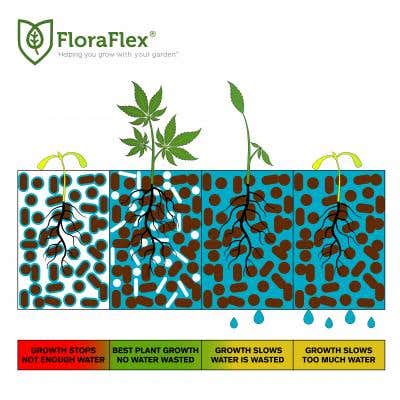Light in Indoor Cultivation
-
Artificial Lighting: In indoor cultivation, growers have full control over the light source and can use artificial lighting systems to provide consistent and adjustable light spectra. LED, HPS, or MH lights are commonly used to simulate natural sunlight and provide the necessary light energy for photosynthesis.
-
Light Intensity and Duration: Growers can manipulate the light intensity and duration in indoor settings. They can adjust the light intensity by changing the distance between the plants and the light source, ensuring optimal light absorption. Additionally, growers can customize light schedules during different growth stages to mimic natural photoperiods.
-
Light Uniformity: With well-designed lighting systems, growers can achieve uniform light distribution throughout the canopy, minimizing shading and promoting even plant growth. Reflective surfaces, such as walls or grow tents, can further enhance light distribution.
Light in Outdoor Cultivation
-
Natural Sunlight: Outdoor cultivation relies on natural sunlight as the primary light source. The sun provides a broad spectrum of light that naturally promotes plant growth and development. However, light availability and intensity are dependent on geographical location and seasonal variations.
-
Light Exposure: Outdoor plants experience changing light conditions throughout the day, affected by factors such as cloud cover and shading from surrounding structures or vegetation. This dynamic light exposure can influence plant growth patterns and nutrient uptake.
-
Seasonal Variations: Outdoor cultivation is subject to seasonal changes in light intensity and duration. These variations impact the vegetative and flowering stages of cannabis growth, influencing the overall development and maturation of the plants.
Temperature in Indoor Cultivation
-
Climate Control: Indoor cultivation allows growers to maintain precise control over temperature conditions. HVAC systems, fans, and ventilation help regulate temperature, ensuring optimal ranges for plant growth throughout different stages.
-
Temperature Fluctuations: Although growers can control temperature, they need to be cautious about potential fluctuations caused by equipment malfunction, power outages, or improper ventilation. Sudden or extreme temperature swings can stress plants and affect growth and overall health.
Temperature in Outdoor Cultivation
-
Environmental Factors: Outdoor cultivation exposes plants to natural temperature fluctuations influenced by weather patterns, time of year, and geographic location. While this variability is beyond growers' control, it can lead to hardier plants with increased resilience to temperature changes.
-
Seasonal Considerations: Cannabis plants have specific temperature preferences during different growth stages. Outdoor growers need to plan their cultivation cycles, ensuring that plants are exposed to suitable temperature ranges during critical stages such as vegetative growth and flowering.
Optimizing Light and Temperature in Indoor and Outdoor Cultivation
-
Indoor Cultivation Techniques: Indoor growers can fine-tune light spectrum, intensity, and duration to match specific cultivar requirements and growth stages. They can also implement advanced climate control systems to maintain optimal temperature ranges throughout the entire cultivation process.
-
Outdoor Cultivation Adaptations: Outdoor growers can select cannabis cultivars that are well-suited to their local climate conditions. They can use techniques such as strategic planting, shading, and windbreaks to mitigate extreme temperatures and maximize natural light exposure.
-
Monitoring and Adjustment: Whether cultivating indoors or outdoors, regular monitoring of light and temperature conditions is crucial. Growers should observe plant responses, track environmental data, and make necessary adjustments to ensure the ideal growing conditions for their cannabis crops.
By understanding the impact of light and temperature in both indoor and outdoor cultivation settings, growers can make informed decisions, adapt their techniques, and optimize these factors to achieve successful cannabis cultivation.
















